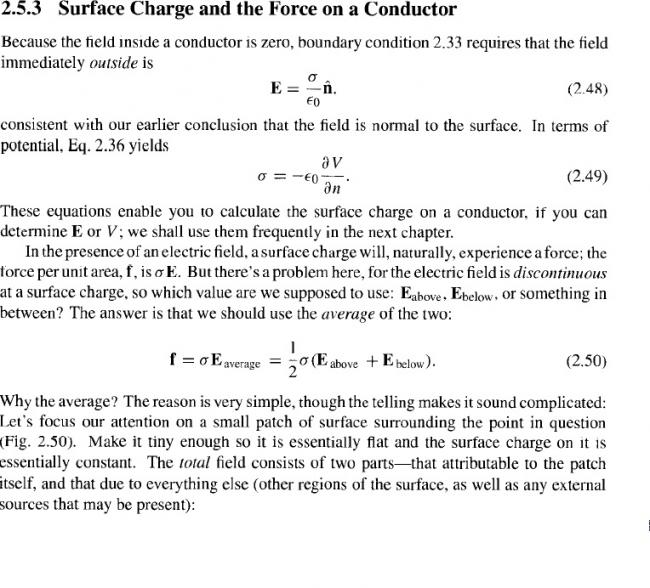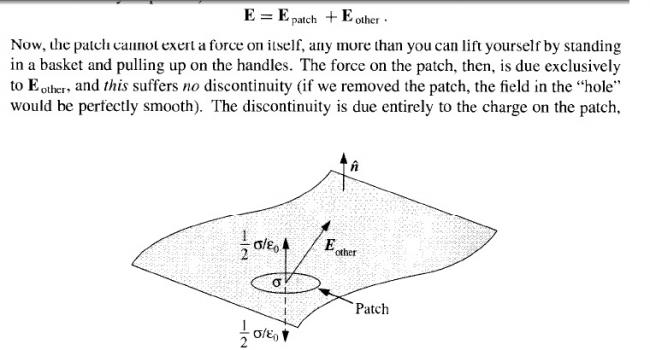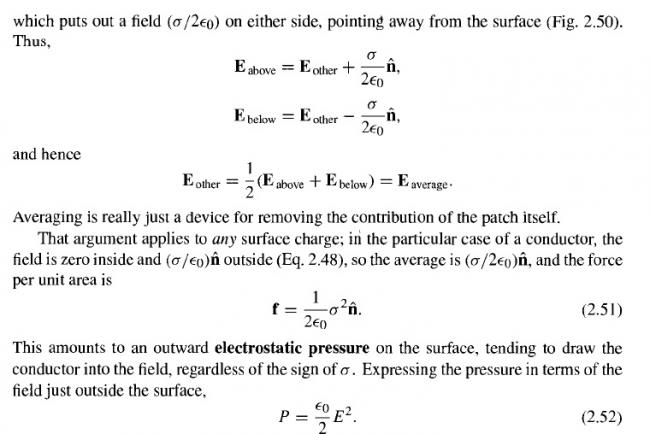 1
1Q2
2. An infinitely long thin metallic cylindrical shell if radius ' R ' contains positive charge of surface density ' λ ' C/m2. Then the bursting force per unit length of the shell is :
Per unit length ???what sense does it make
In case your question is bursting Force per unit area
then the answer must be
λ22ε0
 71
71@kreyszig
I have posted the exact question. It's in a question paper. But I don't know whether it's correct or not since I even didn't get what exactly does it mean.
@Ashish
No.
In next case, post your solution alongwith.
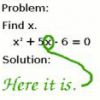 30
30My reasoning was this:
Work done by external agent= -∫12Vdq
Charge flown to the battery in changing distance from d to 2d = CV-Cv/2=CV/2
Putting appropriate limits,
W=-( 1/2V[CV/2-CV])
= 1/4CV2
 30
30Shubodip but since the wire is being stretched, the area is supposed to decrease too right considering volume conservation?
 1
1for qstn 3....
continuing from ashish`s soln....
the initial capacitance is C and the final capacitance is C/2....
therefore,the initial energy is 1/2CV2 and the final energy is 1/2x(C/2V2)....
now by applying the work energy theorem,we get,
1/2mv2 = 1/4CV2 - We....[assuming there is a gain in kinetic enegry]
We = 1/4CV2 - 1/2mv2
so the answer shud be (d)....less than 1/4CV2....
@ashish:i think u`ve done the same thing........
 1
1for qstn 1.......
dl/dt = K
integrating,we get,
∫L2Ldl =K ∫0tdt
L = Kt
now bcoz of transverse strain the area will also decrease....[assume poission`s ratio to be 1]
so you can find the change in diameter as well....and from that initial resistance as well as the final resistance....
heat generated =Vi∫dt = Vi(L/K)....
someone pls clarify this method....
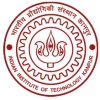 262
262@debosmit - you cannot take out the 'i' from the integration as it is also variable.
let at any instant, L' =L(1+kt)
A' = A/(1+kt) (since vol. is constant)
R' = r. L(1+kt)A/(1+kt) = R . (1+kt)2 (r=resistivity)
heat generated = V2R' .dt
= V2 R. ∫dt(1+kt)2
= V2 kR . [1/1 - 1/2] (since kt varies from 0 →1)
= V2 2kR
 1
1sry....i did not express i as a fnctn of R....my mistake........

